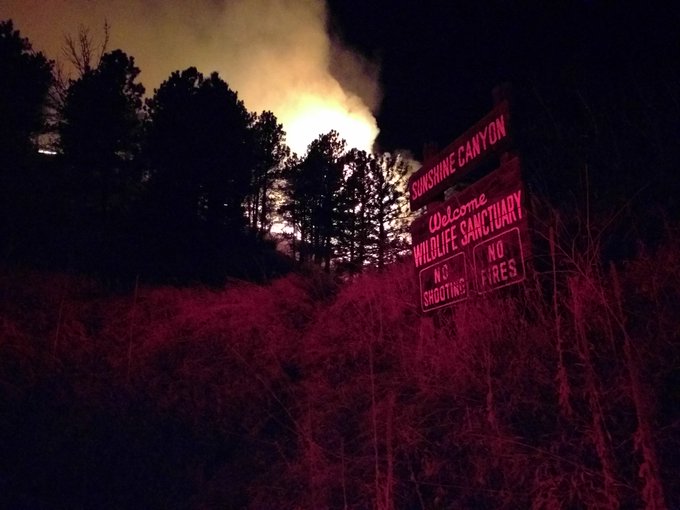Tropical cyclone Debbie is expected to slam into Townsville earlier than first forecast, authorities warn.
The Bureau of Meteorology has warned winds of up to 100km/h will develop in the city as early as 4pm on Monday based on Cyclone Debbie's current path, Queensland Police says.
The cyclone was originally forecast to make landfall north of Ayr early on Tuesday.
Residents are being told to take precautions and find shelter.
A decision on evacuations will be made at 5am on Monday.
All schools in Townsville will be closed on Monday.
Evacuations began in coastal areas of the Whitsunday region on Sunday afternoon as tropical cyclone Debbie continued to intensify.
The category 2 storm is expected to become a Category 3 later on Sunday and authorities expect it to be a Category 4 when it makes a forecast landfall some time early on Tuesday.
The system, sitting 450km north east of Townsville in the Coral Sea, is expected to track south-west and make landfall somewhere between Townsville and Proserpine.
More than 1000 emergency services staff plus Australian Defence Force personnel are being deployed to the region in anticipation of the storm's arrival.
Bureau of Meteorology deputy regional director Bruce Gunn says Debbie is potentially far more dangerous than the last cyclones to reach land in Queensland.
'Queensland hasn't seen a coastal crossing for a couple of years now since Marcia or Nathan in 2015 but I think you could probably say that Debbie's the most significant tropical cyclone since Yasi,' Mr Gunn said.
'Not so much because of it's intensity ... mostly because of its size and extent. It's quite a sizable system.'
One man died and the damage bill reached $800 million when Category 5 Yasi tore across north Queensland in February 2011.
The Whitsunday Regional Council on Sunday ordered several low-lying coastal areas to evacuate, with a significant storm tide forecast.
'If you are unable to evacuate, the Cyclone Shelters in Bowen and Proserpine will be opened on Monday as a last resort,' Whitsunday mayor Andrew Willcox said.
'The cyclone shelters have capacity for 800 people each and are only available to those people at highest risk from cyclone effects that have no other option.'
Authorities are concerned some small towns, like Bowen, could be flattened because many buildings were not built to withstand such destructive conditions.
Authorities directed evacuation of residents in Alva Beach, Groper Creek, Jerona, Wunjunga and some areas of Rita Island due to Tropical Cyclone Debbie.
Despite the threats, some people are refusing to leave.
Residents were informed a forced evacuation of the low-lying area had been enacted, but some, including Jan Bridges in Alva Beach south of Townsville, refused to budge.
'I'm staying,' she told officers.
In the Whitsunday Islands gateway town of Airlie Beach several holiday makers are preparing to ride out the storm or even continue their travels across the region.
A local tour operator, who did not wish to be named, said a handful of backpackers were still preparing to head north to Townsville and Cairns and did not appreciate the risk.
Even those well away from the centre of the cyclone are being urged to make preparations with Category 3 winds over 100km/h and flooding expected throughout the region.
'Tomorrow will be too late,' State Disaster Coordinator Michael Gollschewski said.
'Just because they may be some way away from that area that doesn't mean you may not be impacted. People need to be aware of what will be happening in their area.'
Schools between Ayr and Prosperpine will be closed on Monday and Premier Annastacia Palaszczuk didn't rule out further closures as the storm nears the coast.
James Cook University has closed its campuses in Cairns, Townsville Ayr and Mackay for Monday.
The cyclone has grounded Jetstar, Virgin and Qantas flights in and out of Townsville, Hamilton Island and Mackay.
Townsville-based BP petrol station worker Stacey Trainer said people had been 'going crazy' filling jerry cans with fuel and memories of the destructive Yasi put people on notice.
'That's why we're watching it quite closely at the moment,' Ms Trainer told AAP. 'Yasi was quite scary.'
















You need to be a member of Earth Changes and the Pole Shift to add comments!
Join Earth Changes and the Pole Shift